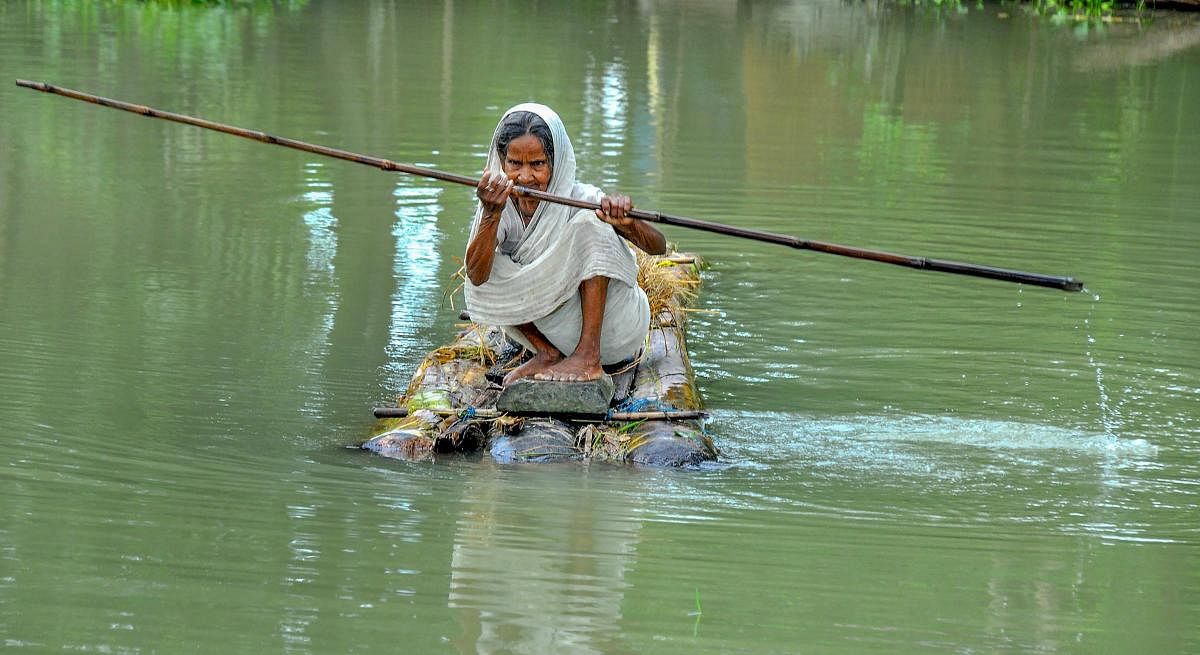The central government’s step-motherly treatment towards the Northeast and its indigenous peoples is not a new phenomenon. Northeast India comprises mostly of indigenous tribal populations living in the hinterlands and the frontiers of the country, who are seen as being culturally different from people living in mainland India. There have been several instances of ‘othering’ and stereotyping these people by the people of mainland India. The voices of these people have also been under-represented in the political sphere. While the racism experienced by people of the Northeast does get some amount of mainstream media attention, the environmental racism against the region is yet to be recognised. It all started when the Government of India stooped to a new low with the recent environmental controversies surrounding the land and its people.
The National Board of Wildlife (NBWL) has recently given its approval to use 98.59 hectares of land that is a part of the Dehing Patkai Wildlife Reserve, often known as the “Amazon of the East”, for coal mining to Coal India Limited. Despite widespread protests against the allotment from all quarters in the Northeast, the voices fell on the deaf ears of the government, much like it always has been the case, be it the silencing of the voices during the anti-Citizenship (Amendment) Act protests or the excruciating pain and suffering of the people in the recent Assam floods. And this is not the only case in recent times. Another environmental disaster struck Assam on June 9 -- a gas leak at Oil India’s Baghjan oil field. The disaster killed two people and displaced more than 7,000. The disaster also had a huge impact on the local biodiversity of Dibru-Saikhowa National Park. Following the disaster, there were several discrepancies that came up that indicated how sheer negligence on the part of the government could have led to the disaster. For any oil drilling firm to carry out oil and gas exploration in an eco-sensitive zone, it requires public hearings and an environmental impact assessment plan. However, in this particular case, it was found that the Union Environment Ministry tweaked this norm in January this year, exempting oil and gas firms looking to conduct exploratory drilling from seeking environmental clearance. Even more shameful is that despite the horrible incident and strong public protest by the people of the region, the Environment Ministry gave further clearance to seven more oil drilling sites inside the same Dibru-Saikhowa National Park, crushing public good for economic gains.
Apart from these recent incidents, there have been several instances like the Etalin Dam in Arunachal Pradesh, Dibang Multi-purpose project and nearly 169 other dams that are being built in the region which have been vehemently opposed by the local people. These projects are set to displace some 26 major tribes and 100 sub-tribes from their land. But the government uses the jargon of economic growth and prosperity and superlatives like “the longest”, “the biggest” for these projects to carry on with its agenda.
The most recent and the most draconian addition to the list is the draft amendment to the Environment Impact Assessment (EIA) rules. Under the draft amendments, the government has defined several classes of projects that will be exempt from public consultations, one among which are projects that are within 100 km of the country’s borders. In the Northeast (the region represents 98% of the total international border area that India shares with Nepal, Bhutan, Bangladesh, China and Myanmar), most projects would fall within 100 km of an international border and therefore not need public consultation anymore. The Northeast is one of the most ecologically sensitive areas of India, where the people of the land have worshipped and preserved its forests for centuries. These untouched forests now stand endangered due to the new amendments, if enforced. The proposed changes in the EIA rules are also in contravention of the Sixth Schedule of the Constitution, which empowers the tribal Northeast states with the right to look after their lands, customs and natural resources. The draft EIA rules therefore, if implemented, will leave no scope for public consultation with the people of the land and would deprive them of their basic rights granted by the Constitution.
The tribal groups in the Northeast have always strived to live in harmony with nature. However, successive governments have tried to use their innocence to pursue their own interests. This, to the extent that today tribal groups comprise 40-50% of the displaced population in India, although their share in the total population is only 8%. This skewed phenomenon needs to be addressed before it’s too late. The price of economic development can’t be the destruction of the ecology and ethnicity of the land. Economic development and environmental sustainability should be complementary, not at the cost of one another.
As His Holiness the Dalai Lama once said, “It is our collective and individual responsibility to preserve and tend to the world in which we all live.” I hope, we will all collectively fight for the cause and save Northeast India’s mesmerizing cultural, geographic and ethnic richness from being ruined in the name of concrete development.
Prime Minister Narendra Modi in his recent address to the Indian Chamber of Commerce (ICC) called on the industry to think in terms of the PPP ‘triple-bottom-line’, emphasizing on the importance of taking care of people and planet, along with profit. I hope his government’s actions will walk the talk in matters relating to environmental sustainability and do not curb the voice of the first ‘P’ in PPP -- the people.
(The writer is a development economist)
